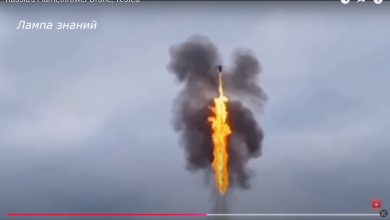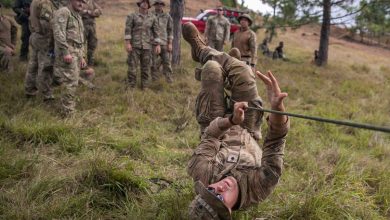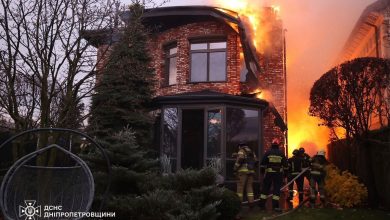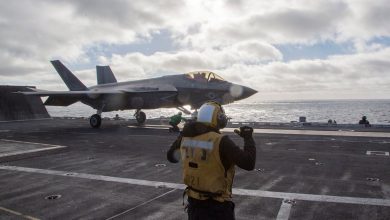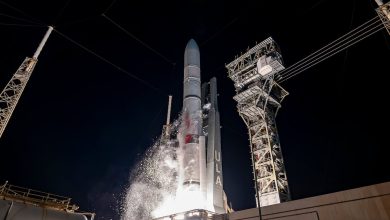Fighting ‘dirty’ — The Army’s plan to survive, and win, a doomsday war
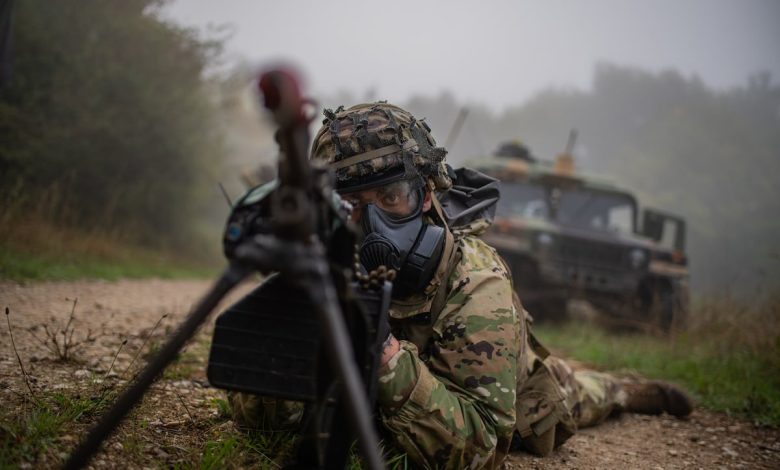
Daring moves by U.S. adversaries foreshadow the return of sinister nuclear, chemical or biological weapons as technological advances promise to bring new tools of destruction to strike soldiers on future battlefields.
A soldier’s new best friend may not be a rifle, or altogether new weapons, but instead a gas mask, gloves and a protective suit.
In May, Russian President Vladimir Putin ordered his forces to rehearse deploying tactical nuclear weapons in response to what he alleges are “threats” from the West in response to the war in Ukraine.
Chinese President Xi Jinping has pursued a nuclear buildup to accumulate 1,000 nuclear warheads by 2030, up from about 200 in 2019, according to Pentagon estimates.
North Korean leader Kim Jong Un’s military has stockpiled between 2,500 and 5,000 tons of chemical weapons and an undetermined number of biological weapons, according to 2022 assessment by the Asan Institute for Policy Studies, as the nation continues its nuclear weapons programs and provocative long-range missile tests in the region.
RELATED
As these developments have emerged, the Pentagon, and specifically the Army is reimagining how units may have to fight large-scale combat in deadly, contaminated environments.
But experts in Chemical, Biological, Radiological and Nuclear (CBRN) defense, must also fight complacency that’s existed for generations and bureaucratic red tape.
“There’s this assumption that this threat will never come, that we will never have to fight in this type of environment,” said Col. Tina Schoenberger, director of the Army’s Nuclear and Countering WMD Agency.
And Schoenberger and her colleagues don’t want the first time a commander is thinking about such dangers to be in battle.
The Army recently finished a proof of concept that tests how brigades will fare against a foe willing to bring weapons of mass destruction to bear on the battlefield.
A follow-on, pilot program that is part of a seven-year effort to ready operational units for such an event, will see 2nd Brigade, 25th Infantry Division face a live, simulated nuclear event in their culminating training event in October at the Joint Pacific Multinational Training Center in Hawaii.
The challenges range from enemy rockets or landmines filled with toxic chemicals that blister or suffocate their victims to contagious, debilitating and lethal smallpox, anthrax and newly developed superbugs. Other hurdles include rolling into a recently radiated area following a strike on a nuclear facility or a purposeful nuclear weapons attack.
All impede operations, terrorize and complicate the already fear-inducing prospect of large-scale combat.
Not Cold War 2.0
As the Army focused on terrorists for the past two decades, the service saw its CBRN skills atrophy.
Robert Peters, a nuclear deterrence expert at The Heritage Foundation, a conservative think tank, painted a picture of how priorities changed post-Cold War and what it means to rebuild CBRN expertise across the force.
At that time, large combatant commands such as in Europe, might have had 50 planners dedicated solely to anticipating the Soviet Union’s nuclear capabilities, and any potential chemical or biological scenarios, and prepping commanders for war in the shadows of mushroom clouds or fighting through gas attacks.
Once the Soviet Union fell, nuclear experts in those commands were slowly replaced by terrorism experts, causing a “brain drain” among planners and commanders, Peters said.
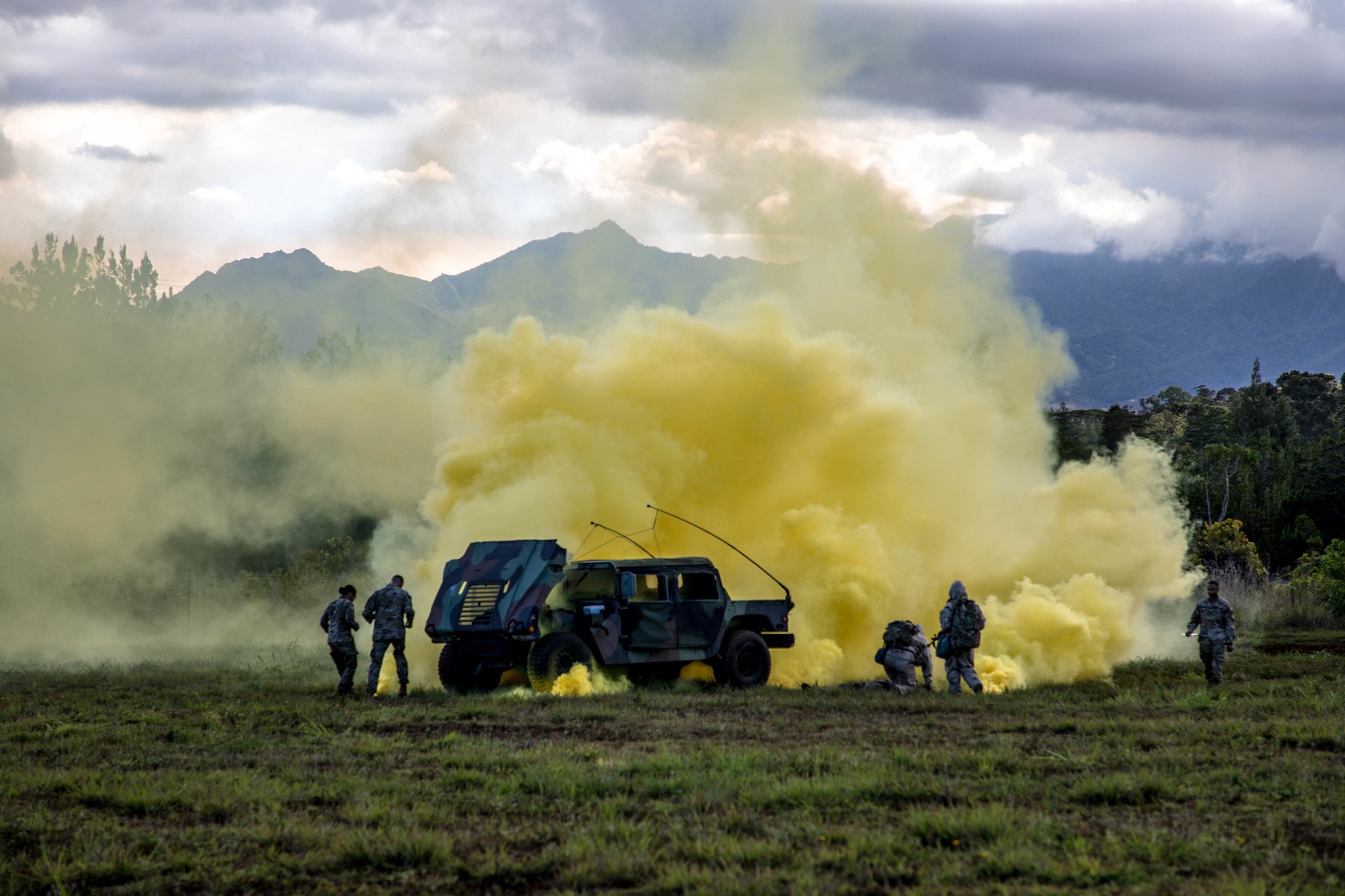
Leading up to the 1990 Persian Gulf War, planners suspected that Iraq’s leader Saddam Hussein might use stockpiles of chemical weapons as he had in the Iran-Iraq War.
The Pentagon deployed more than 4,000 CBRN specialists to the region. While coalition troops did not face such attacks, post-conflict reports showed a severe lack of training, equipping and preparation that was only resolved by the six-month buildup before combat.
In 1993, Congress created a defense-wide chemical and biological defense program. A decade later, when the U.S.-led coalition invaded Iraq, troops again prepared hastily for a potential chemical attack as the stated objective of the operation was to remove alleged weapons of mass destruction from Iraq’s arsenal.
Many were ordered to take the Anthrax vaccine before deployment and frontline units carried protective gear and experienced multiple false alarms for chemical attacks in the early weeks of the war. Again, U.S. troops did not face such attacks and inspectors did not find the alleged WMDs.
But, in the coming years, technological advances have brought about more ways to use nukes, such as low-yield, tactical nuclear weapons. Such devices can devastate a small area without the larger fallout of multi-kiloton warheads.
Yet, they still carry the terrible aspects of nuclear attack and contaminate locations, causing devastating consequences locally.
That means planners must account for these threats and train troops accordingly, Peters said.
“Maybe what you need to do is button down your Stryker and roll through this area,” Peters said. “And you’re airtight in there for X number of hours. At the end of that you put on your [protective gear] and you need to [decontaminate] your Stryker because you need to get to the front within 36 hours.”
Those are the scenarios that service leaders must now consider.
Fighting ‘dirty’
In recent years, the Army has been rebuilding and reprioritizing CBRN units and training as leaders eye the growing threat.
Advances in technology have cut costs for developing new biological and chemical agents that militaries can’t counter. The internet has opened previously hard-to-acquire information for rogue states and terror groups who want to build and use such weapons.
At the same time, new sensors, materials, computing and automation are bringing tools to bear that will detect threats, model and simulate their effects and give commanders options without endangering troops.
But all those advances will take time. And the arms race that defined the nuclear age continues as those tech advances help weapons developers find gaps and outmaneuver protective measures.
All this has led to a new way of thinking about contamination threats.
Previously commanders thought that any level of contamination meant the gear, personnel or an area was “dirty,” and must be completely cleansed.
That’s not feasible and with new equipment, it’s also not effective.
“We are reframing the way we look at risk for CBRN writ large,” said Lt. Col. Dan Meany, director of full dimensional protection for the Army’s programming office. “We are trying to move away from thinking about CBRN as a binary threat, a binary hazard: ‘I am 100% clean. I am 100% dirty.’”
Speaking at the National Defense Industrial Association annual CBRN conference in June, Meany said the new approach is to get commanders to accept risk and then have CBRN soldiers determine how much they can reduce risk for operations.
That will mean using more uncrewed systems and relying on single pieces of equipment that can detect more contaminants, and finding ways to automate decontamination, especially of combat vehicles.
Army Futures Command has developed concepts for how to run automated decon sites, though there is not yet a program for it, he said.
Steady shifts mean big changes
Over the past decade, the Pentagon has updated its strategy to counter WMDs to incorporate new threats and the office has renewed its nuclear posture review and, in 2023, completed a first-of-its-kind biological defense posture review.
Chief Warrant Officer 3 Victoria RamageGarcia took over as the 20th CBRNE Command chief warrant officer in July and has spent the past 20 years in this work. Early in her career, units focused mostly on evacuating contaminated casualties and working with other agencies for homeland defense.
There wasn’t much integration with operational units. But in the past decade and even more over the past five years, she’s seen CBRN experts brought into all aspects of unit planning.
“I am only as great of an asset to you as you allow me to be,” RamageGarcia said.
Working through potential CBRN attacks can’t be an afterthought. Without preparation, such an attack can devastate a unit and render it inoperable, stalling the larger fight.
If experts such as RamageGarcia understand the commander’s mission and goals, they can keep the unit fighting, regardless of what it encounters.
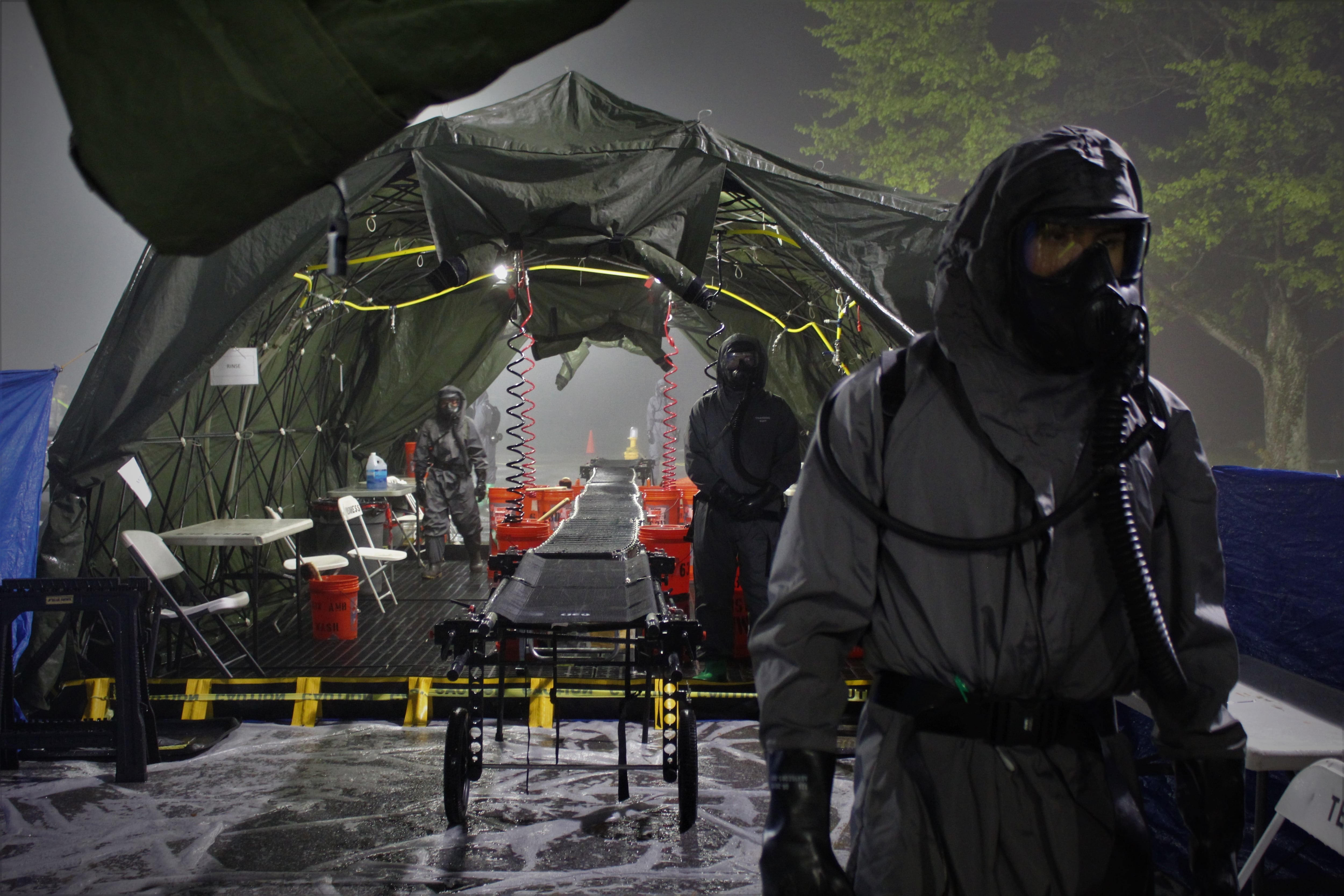
In 2019 the Joint Chiefs of Staff published an updated nuclear operations manual, which lays out how unit commanders will fight through nuclear attacks.
The manual also details how U.S. commanders might use their own tactical nukes offensively. The document calls for combatant commanders to create priority target lists for nuclear strikes in their regions.
“Commanders should know how nuclear weapon effects can affect personnel, equipment, and the dynamics of combat power. They should train for and implement survivability measures and techniques,” according to the doctrine.
Also in 2019, the 1st Armored Division conducted a Warfighter Exercise, which focused on command post operations, almost entirely in CBRN protective gear.
Post-training observations published by the Combined Arms Center identified shortcomings.
“Units have not prepared adequately at home station to conduct [protective gear] exchange within six hours of being contaminated,” according to the report.
The units also tended to “stumble” on selective unmasking required after conditions began to clear. And they were not proficient with their decontamination system.
By early 2020, soldiers with the 2nd Infantry Brigade Combat Team, 25th Infantry Division, were establishing a standard certification process for CBRN recon platoons.
Early the next year, the Army updated technical guidance to its CBRN platoons and a few months later soldiers with the 1st Armored Brigade Combat Team, 1st Armored Division were part of the largest CBRN-focused rotation at the National Training Center since 1985.
The unit faced an “unprecedented amount” of CBRN munition attacks during their training cycle, Maj. Chris Chavis, the 2nd Chemical Battalion operations officer, said at the time.
The Army 2030 campaign plan updated its CBRN approach across the force, which includes a seven-year effort to prove new concepts for maneuver units operating in CBRN during large-scale combat.
The first major step happened last year, at the National Training Center, Fort Irwin, California, when the 2nd Armored Brigade Combat Team, 3rd Infantry Division served as a “proof of concept” team for CBRN.
Using information from that rotation, Lt. Col. Sean Carmody, countering WMD readiness integrator at Army headquarters told Army Times, they began a pilot program this year with 2nd Brigade, 25th Infantry Division, which will culminate in the brigade facing a simulated nuclear attack during their October rotation at the Joint Pacific Multinational Training Center, Hawaii.
If successful, the CBRN plan will integrate new methods across operational units by 2030.
Officials have also designed a new heavy decontamination reconnaissance company, to bring large units into areas to clean themselves and their equipment or prepare to head into danger areas, said Brig. Gen. W Bochat, former commandant of the Army’s CBRN School who took over 20th CBRN Command in August.
At the same time, leaders have added education at nearly all levels for individual soldiers and commanders, said Col. Schoenberger, Countering WMD Agency director.
Since 2022, Army recruits now face CBRN scenarios at boot camp and combat training. Enlisted and officers must pass CBRN requirements in their professional courses. The CBRN School teamed up with their engineer and military police counterparts and CBRN officers now run a tabletop exercise with senior advisors during their captain’s course.
Diverse threats call for new gear
These new threats have led to renewed efforts to counter them, and their effects.
Decades-old equipment won’t work in today’s CBRN landscape, experts said.
In 2022, Deborah Rosenblum, the assistant secretary of defense over CBRN Defense called for a “radical transformation” in equipping the services for combatting the “vastly more difficult” and “rapidly changing” threats.
At the time, the Pentagon had just increased its annual spending on CBRN by $300 million and sought an additional $1.2 billion over the next five years.
In the most recent budget request for the upcoming fiscal year, the Pentagon seeks $1.7 billion for CBRN research and development.
The funding aims to improve soldier protection, detection and threat reporting and add remote-controlled or autonomous methods to do the most dangerous work.
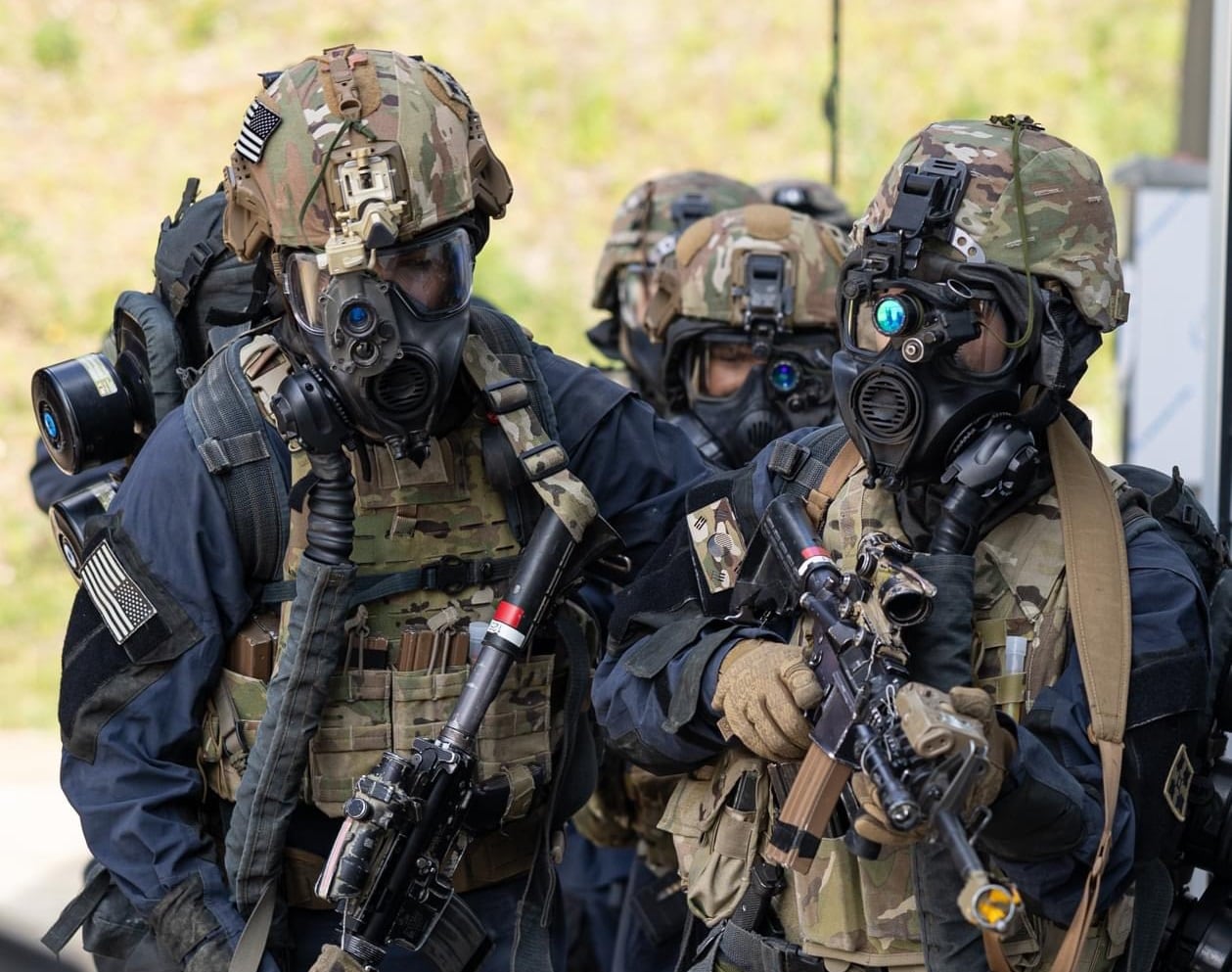
Robots are more than a safety concern because there are not enough CBRN professionals to go around. As of 2021, the Army, the largest service with the most CBRN troops, had nearly 6,000 enlisted specialists and slightly more than 300 officers.
By comparison, there were more than 52,000 infantry soldiers and 7,300 officers.
And many of those CBRN capabilities rest with the Guard and Reserve components whose missions vary from the active-duty.
The Reserve has two brigades dedicated to CBRN.
The Guard has its own, focused primarily on homeland defense.
The active Army has only one brigade to cover ongoing training and global operations.
In the coming years, the Army is scheduled to bring new decontamination systems, collective protection gear, individual masks and suits into operation, according to Army auisition data.
The service is replacing its legacy biological equipment with the joint biological tactical detection system, which will give biodefense platoons near real-time detection of airborne biological agents, Bochat said.
Perhaps the centerpiece of equipment efforts is the Nuclear, Biological, Chemical Reconnaissance Vehicle Sensor Suite Upgrade, which offers crews protection and sensors for their immediate area and the ability to launch drones from their vehicles so they can gauge the dangers outside.
To give soldiers less exposure, the service issued a new man-transportable robot, to CBRN and explosives disposal teams that can be outfitted with sensors.
Autonomous efforts are taking longer.
An autonomous decon system, a key development that could save manpower and reduce exposure remains in early testing until at least fiscal year 2027. Additionally, a wearable compact detector has been in development since 2014 and has yet to reach later testing stages.
An autonomous vapor chemical detector is expected to see initial operational capability in fiscal year 2027 but won’t be fully operational until fiscal year 2032.
As changes in doctrine, training and equipment converge in the coming years, soldiers across the force in operational and support units will see more time spent donning gas masks, stocking up on protective gear, planning for the nefarious “what ifs” of a chemical, biological or nuclear attack.
“I think things are better, but they’ve frankly got about three decades worth of lost knowledge that they’re trying to rebuild in real time,” said Peters, the Heritage Foundation nuclear expert. “[Ground commanders] are not really thinking about, oh God, if Putin or Xi Jinping or Kim Jong Un makes a decision to employ these things, there could actually be a number of these things that we have to fight our way through.”
Todd South has written about crime, courts, government and the military for multiple publications since 2004 and was named a 2014 Pulitzer finalist for a co-written project on witness intimidation. Todd is a Marine veteran of the Iraq War.
Read the full article here


